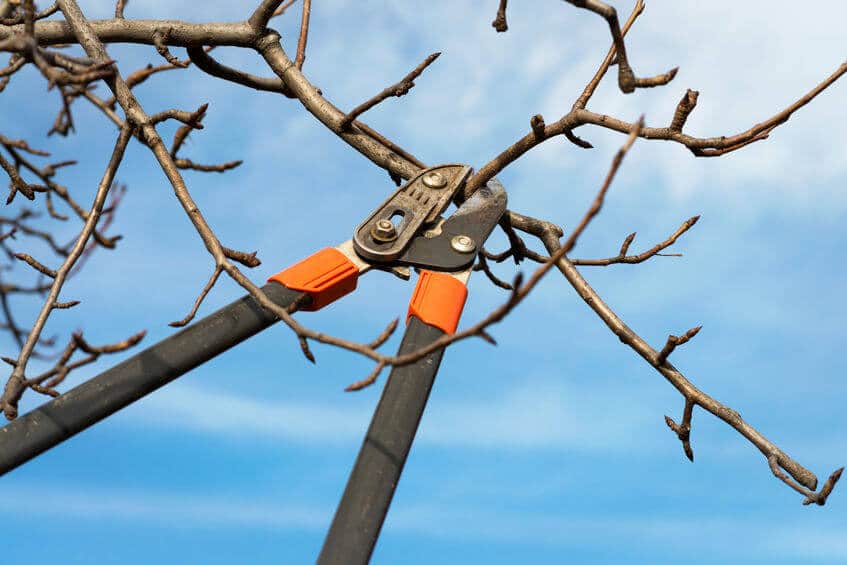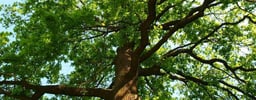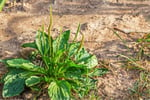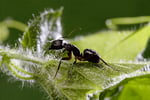What is a Necrotic Ring Spot?
Necrotic Ring Spot is a fungus of turfgrasses. During the winter, the fungus lies dormant in dead or decaying grass root tissue. The fungus becomes active in the spring when lawns receive consistent water and temperatures fluctuate between 60°-75° F. The fungus causes injury to grass by restricting the roots ability to absorb nutrients. As the roots become compromised, the grass leaf tips become reddish-brown eventually becoming lighter and lighter until the leaf blades turn a light straw color. Eventually, appearing as a ring shaped patch of straw colored turf with a lawn.

Necrotic Ring Spot Causes
- Poor Lawn Maintenance
- Dense Soil
- Heavy Thatch Layer
- Drought
- Over-watering
How Is Necrotic Ring Spot Managed?
Slow release nitrogen fertilizers, aeration techniques and mowing practices discourage the establishment of NRS by promoting deep roots and growth. Deep and infrequent irrigation practices during summer also discourages NRS establishment. Chemical control options are also a viable technique for managing NRS. Fungicide applications made early in the season are used to prevent the development of NRS but should be made before the fungus begins to establish itself extensively within the root system. Fungicides used later in the season may also prove effective but the fungicides must reach the root zone to provide control. Contact us today for any lawn care service needs. 877-944-4007










